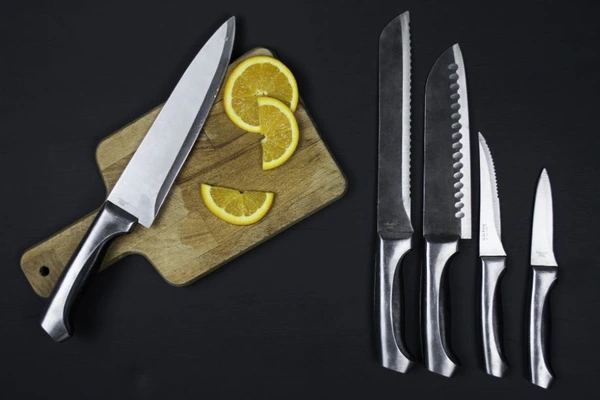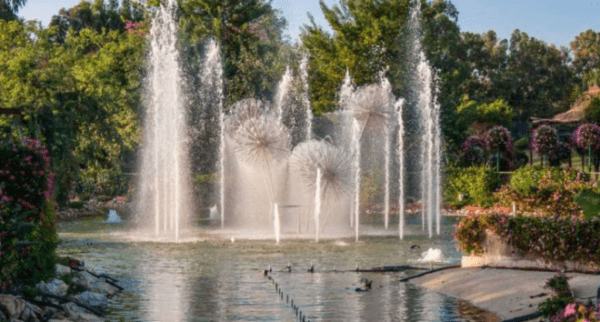If you want to be a knife owner need to know what the different parts of a knife are. This will keep you safe when using a knife and also educate you on how to look after it. The versatility of a knife comes from its ability to be used in everyday living as well as survival situations.
Many people don’t know how to recognize the different types of parts on a knife. This can be anybody’s fault as many knife enthusiasts want to remain anonymous.
Keep reading to discover the different types of parts of a knife.
Point
It is a crucial part of the knife that allows for precise and efficient use. The quality and sharpness of the knife point can greatly impact its effectiveness in various tasks, from slicing vegetables to skinning meats. The shape and design of the knife point can also vary, depending on its intended use.
Regardless of its form, the point serves as a fundamental aspect of the knife, making it an essential tool in everyday life and various industries.
Edge
This crucial part of a knife plays a significant role in cooking, hunting, and various other tasks that require cutting. The edge needs to be extremely sharp and properly maintained to ensure maximum efficiency and safety. A dull or damaged knife edge can make the cutting process difficult and even dangerous.
As such, understanding the different types of edges and proper sharpening techniques is essential for any person who handles knives regularly.
Heel
Nestled at the blade’s foundation, the heel acts as the anchor, seamlessly connecting the blade to the handle. This unsung hero bestows stability and balance upon the knife, enabling meticulous and controlled cuts. The nuances in the shape and curve of the heel wield a profound influence on the knife’s overall functionality, making it a silent architect of precision in every slice.
A curved heel allows for a rocking motion while chopping, making it ideal for tasks such as mincing herbs.
Spine
It supports and gives the blade stiffness, acting as the knife’s backbone. The intended usage of the can have a significant impact on the thickness and form of the spine. When doing strenuous jobs, a broader spine can offer more strength and durability, while a thinner spine can offer greater flexibility and precision in more delicate duties.
Butt
The design and material of a knife’s butt can significantly differ based on the type and its intended function. A hunting might feature a larger, ergonomic butt for enhanced grip during skinning, whereas a survival could sport a robust, versatile butt for tasks like hammering or prying. The butt plays a crucial role in the overall design and functionality of the knife, making it a key consideration when selecting the right tool for a specific purpose.
If you are looking for a fertilizer knife for the harvest season, you can try checking the Wako Fertilizer knives.
Learning the Different Parts of a Knife
In closing, unlocking the secrets of a knife’s anatomy is like having a backstage pass to culinary mastery. It’s not just about choosing the right blade; it’s a dance with precision and finesse. So, whether you wield a spatula like a pro or you’re just getting started, let the symphony of a knife’s components be your guide, and watch your kitchen skills take centre stage!
Don’t forget to sharpen those blades and handle them with care. Happy cooking!
If you thought this article was useful, you can find more in our blog.



